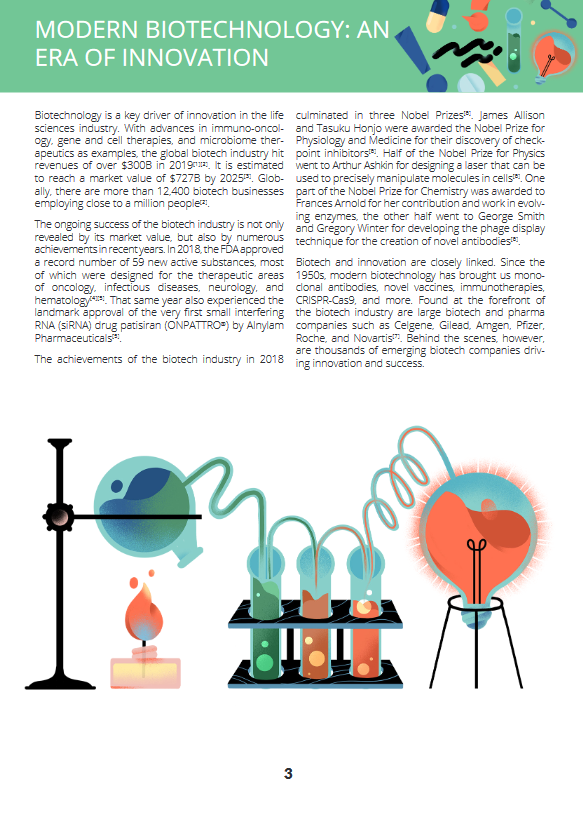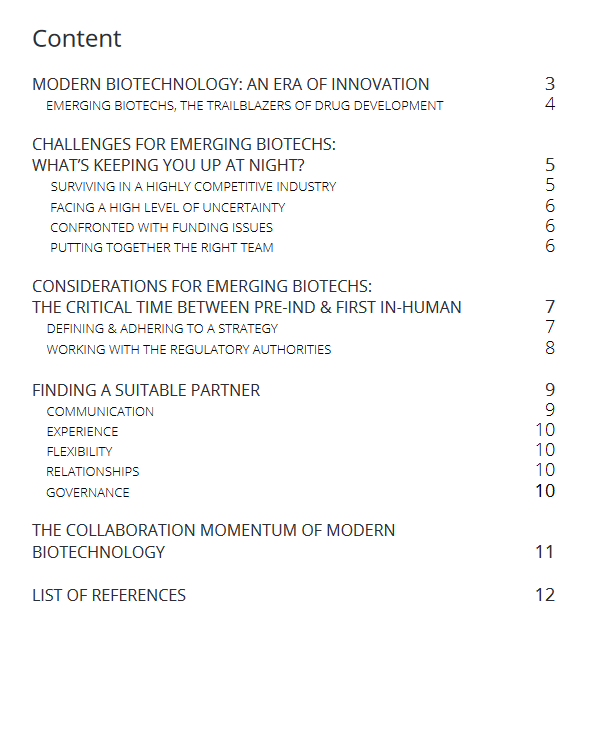Learn more about the different challenges emerging biotechs face in the industry
Emerging biotechs are taking control of drug development pipelines.
But as they become increasingly important players in the industry, leading innovation in the drug discovery and development space, competition grows too.
In collaboration with:

More about this report:
In this report, we discuss the different challenges emerging biotechs face in the industry – from surviving in a highly competitive environment to addressing funding issues, as well as the importance of defining and adhering to a strategy, working with the regulatory authorities, and the key points to look out for when searching for suitable collaborators.








